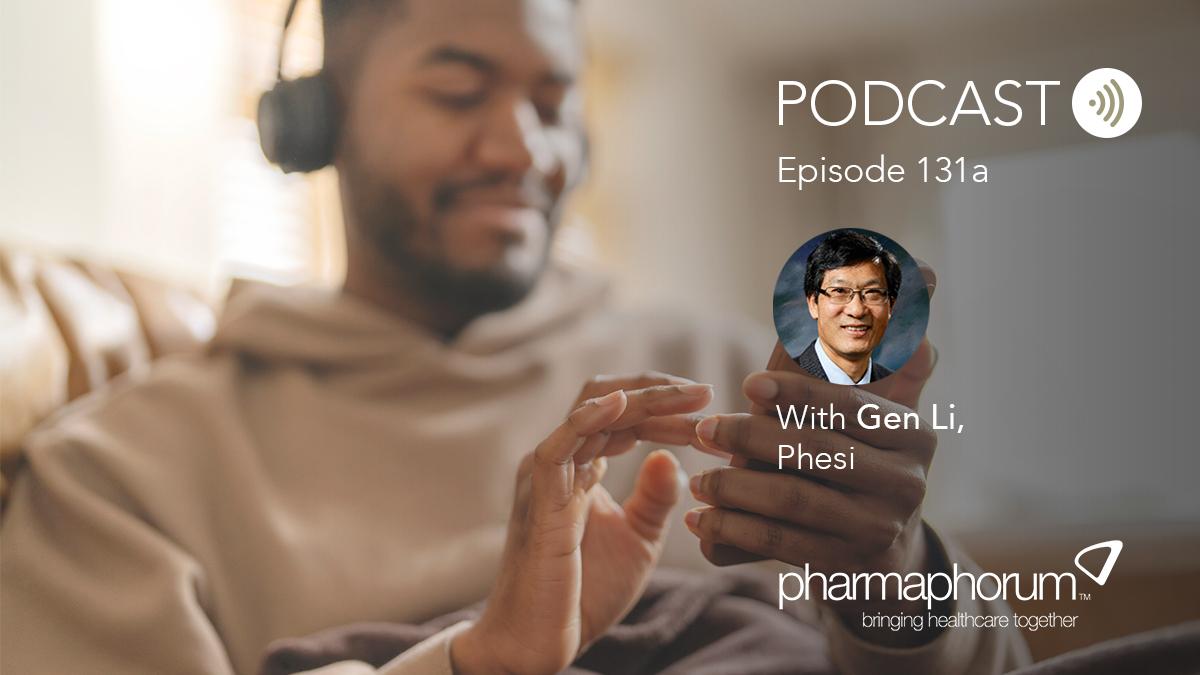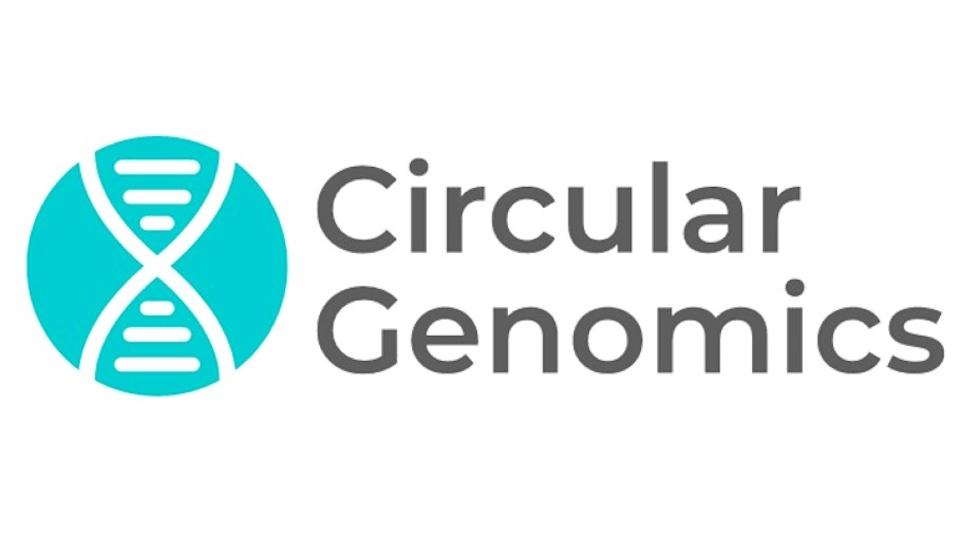Social software - Reconstructing the market boundaries of pharmaceutical sales

Danny Lieberman
Software Associates / MedRep
Pharmaceuticals and Kirby vacuums: The last bastions of door-to-door sales?
A medical representative operates in the center of a “cluster”1 of doctors that they personally know and meet with face-to-face. The power of social networking relative to conventional on-line marketing, stems from a social view of learning, where understanding is socially constructed, and the message we get is actually less important than whom we get it from.
Social and medical may be a perfect fit, but how will social influence medical sales?
To test this question, we met and interviewed marketing teams at five pharmas, a large HMO, doctors and medical representatives in Israel and Poland, showing them a working prototype of social software for medical sales. The findings revealed that:
• Medical representatives do not want to carry around more information technology, like a Tablet PC.
• Doctors and reps “get” professional networking (one representative used the metaphor of hub and spoke, with the rep at the center spoke). Age and gender were not factors.
• Medical representatives see their relationship with doctors as a personal service that they provide.
• Depending on specialty, doctors wanted to get higher science, less information and save time online, evidently by structuring information into four broad categories of evidence based studies, pharmacokinetics, practical dosage guidelines and new pipeline.
• Marketing staff at the pharmas were skeptical. They had difficulty differentiating between social software for business and social media like Facebook. Concern ran high about using social media. This contrasted sharply with intense use of professional networking by doctors in scientific research.
"The power of social networking relative to conventional on-line marketing, stems from a social view of learning, where understanding is socially constructed, and the message we get is actually less important than whom we get it from."
Reconstructing market boundaries
Most pharma companies are no different from other firms, in that they:
1. Define their industry similarly, focusing on being the best.
2. Look at accepted strategic groups of doctors and market segments e.g. oncology or biosimilars
3. Focus on the same buyer groups – e.g influencers (doctors and thought leaders)
4. Define the scope of products similarly e.g. oncology therapeutics, supportive care etc...
5. Accept the functional/emotional orientation of their buyers e.g. high-tech oncologists and low-tech general practitioners
6. Focus on the same point in time and current competitive threats in formulating strategy, e.g. EU regulation prohibiting visits to doctors during business hours.
We wanted to test a hypothesis: “Social software will change the market boundaries of pharmaceutical sales”. In order to do that, we analyzed our data using a systematic approach2 along each of the above six paths.
Technological alternatives
There is a plethora of e-detailing, closed-loop marketing (CLM), video and web conferencing offerings. We know that pharmas weigh alternatives when choosing eMarketing tools and we observed that these offerings provide limited alternatives by assuming that a) medical representatives will continue to sell door-to-door and b) the primary buyer is the CIO of the pharmaceutical enterprise.
Marketing messages sound like this3:
• “Increase company wide performance”
• “Leverage new data insights to improve overall sales and marketing effectiveness”
• “Create competitive differentiation by transforming sales forces into valuable resources that help physicians improve patient care”
Consider: Why do pharmas continue to use conventional sales techniques instead of converting all their sales forces to Microsoft Tablet PCs or desktop video? They choose conventional marketing for only one reason: costs. Conventional marketing avoids the multi-million dollar investment of software, hardware, IT integration, security and maintaining thousands of endpoint PCs.
Consider the flip side: Why do pharmas choose CLM and/or e-detailing technology? Certainly it is not to pay the investment cost in software, hardware and integration. Nor is it to to have dedicated support heads to provide care for hardware and Windows software issues in the field. Rather, pharmas buy eMarketing to customize presentations based on doctor profile, reduce paper and test what is successful in the field while supporting face-to-face sales contact.
Strategic groups
Strategic groups are generally ranked in two dimensions – price and performance. For example – desktop Web conferencing services like Webex are a fraction of the price of proprietary conferencing systems from vendors like Polycom while providing a fraction of the audio and video quality.
The question is what makes a pharma trade up or down between low cost web conferencing and higher-cost personal sales calls? Pharmas already use Web conferencing for special events and training. The ability to run an ad-hoc Webinar is appealing to pharmas as the cost is a marketing expense, not an IT capital investment.
But, on the other hand, why do Medical representatives and doctors resist new technology?
The average rep doesn't trade down a face-to-face meeting with a doctor to a Webex or desktop video presentation for the pleasure of dealing with Java applets and scratchy voice-over-IP connections. The average medical sales representative doesn't want to deal with technical issues and is not inspired by the thought of installing Windows updates. As for “new data insights”, a rep does not perceive data mining as contributing to their sales figures and as for doctors - the novelty of seeing a presentation on a Tablet PC quickly wears off.
"...a rep does not perceive data mining as contributing to their sales figures and as for doctors - the novelty of seeing a presentation on a Tablet PC quickly wears off."
The buyer chain
Like most industries, pharmas have converged around a common definition of who the target buyer is: namely the doctor.
Anecdotal data suggests that a pharma can use social software for low-cost delivery of training and marketing and move upstream from doctors to pharmacists.
A conversation with the chief pharmacist of a large HMO revealed that pharmacists are a key influencer to consumers for high margin OTC drugs, but they also have difficulty keeping pace with the indications. The chief pharmacist tells how he visits HMO clinics and tests pharmacists – instructing them to know the indications on the label for every drug in their drawers.
In 2009, the Israeli Superpharm chain launched a line of private-branded homeopathic creams from Floris4, placing pharmacists with homeopathic training behind the drug counter. The homeopathic pharmacists may encourage the consumer to try the Floris arnica-based gel, citing ulcer risk of the anti-inflammatory Voltarene (Novartis).
These two anecdotes illustrate the notion that the “message we get is actually less important than whom we get it from”.
Social software can offer a pharmacist practical information on indications and reinforce marketing messages.
Social software can offer pharmas a controlled channel for blogging by well known medical authorities. When properly moderated, industry expert blogs can provide objective information on efficacy of drugs and help enforce compliance with FDA regulation prohibiting off-label promotion5.
Complementary product and service offerings
Few products and services are used in a vacuum.
There is untapped value for social software in the reps' work and family context. From conversations with pharmas in Poland we heard that female medical representatives with young children are very unhappy after the new regulation came into effect and their work hours shrunk from all-day to early morning, lunch-time or evening times. Social software provides the ability for working moms to sell from home, creating content, supporting colleagues and interacting with their doctors.
Functional and emotional appeal
IT products in general compete on price, function and utility, while other industries like fashion, compete on feelings and emotions. Medical representatives and doctors run a relationship business built on both functional and emotional connections. For example – being attractive and well-dressed is a key advantage for a female representative. A meeting with a rep breaks the routine of a doctor's work day and is fun - seeing a presentation, getting samples or being invited to a seminar.
Medical representatives we interviewed were enthusiastic about the ability to have another tool at their disposal in order to maintain the doctor relationship in yet another dimension, and felt that the use of social software in medical sales was a natural evolution.
This leads us to our last and final path – looking across time.
Conclusions - Look across time
All industries are subject to external trends, pharmaceutical sales is no exception.
These trends will drive adoption of social software for pharma to create new sales channels with higher science tailored to individual doctors.
• The need to grow sales volume as drugs go off patent.
• Innovative pharmas need innovative marketing
• Declining scientific level of reps
• Increased complexity of drugs
• Rapid broadband growth across Central and Eastern Europe
• Intense use of social networking by users “wired” with mobile and broadband
• Traffic congestion in major cities
• High energy costs
So the question is not if, but when, and who will lead the way?
References:
1. "Marketing and Social Networking: When Measuring Influence, Quality Connections Top Quantity", Zsolt Katona, Haas School of Business, University of California, Berkeley - http://www2.haas.berkeley.edu/News/Research%20News/Katona.aspx
2. Blue Ocean Strategy, Kim and Mauborgne, Harvard Business School Press, 2005
4. http://www.floris.co.il/eng/HTMLs/article.aspx?C2004=1028&,BSP=1013&,BSS3=1028
5. “Off Label Promotion, On-Target Sales”, Adriane Fugh-Berman and Douglas Melnick http://www.plosmedicine.org/article/info:doi/10.1371/journal.pmed.0050210#pmed-0050210-b012
About the author:
Danny Lieberman is a serial technology innovator and leader – implementing ideas from brain to business. Sometimes failing and always learning.
A physicist by training, he worked as a grad student in an endocrinology lab and worked at Intel in computing and telecom. His data security business, Software Associates (http://www.software.co.il) provides enterprise information protection to clients in Europe and the Middle East. His latest venture is MedRep (http://www.medrepnet.com), a professional network for medical representatives and doctors. Contact Danny at +972-54-447-1114 or dannyl [at] software [dot] co [dot] il.











